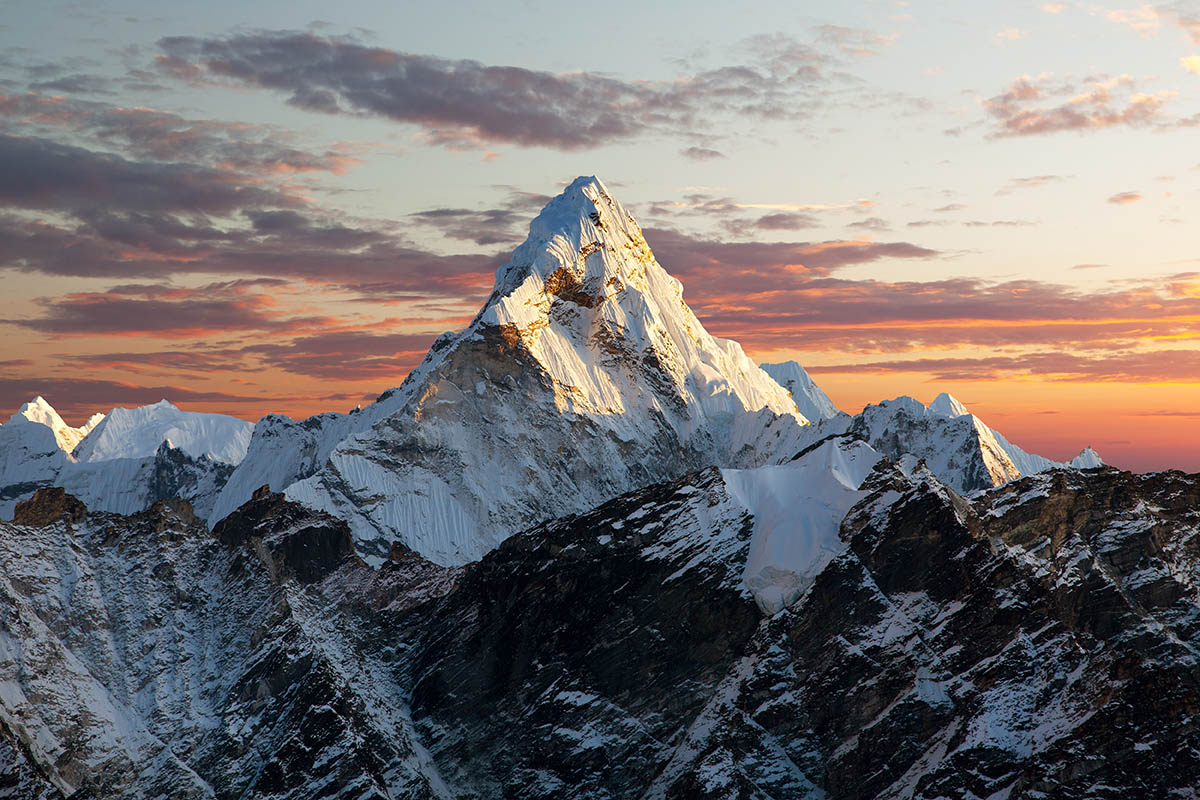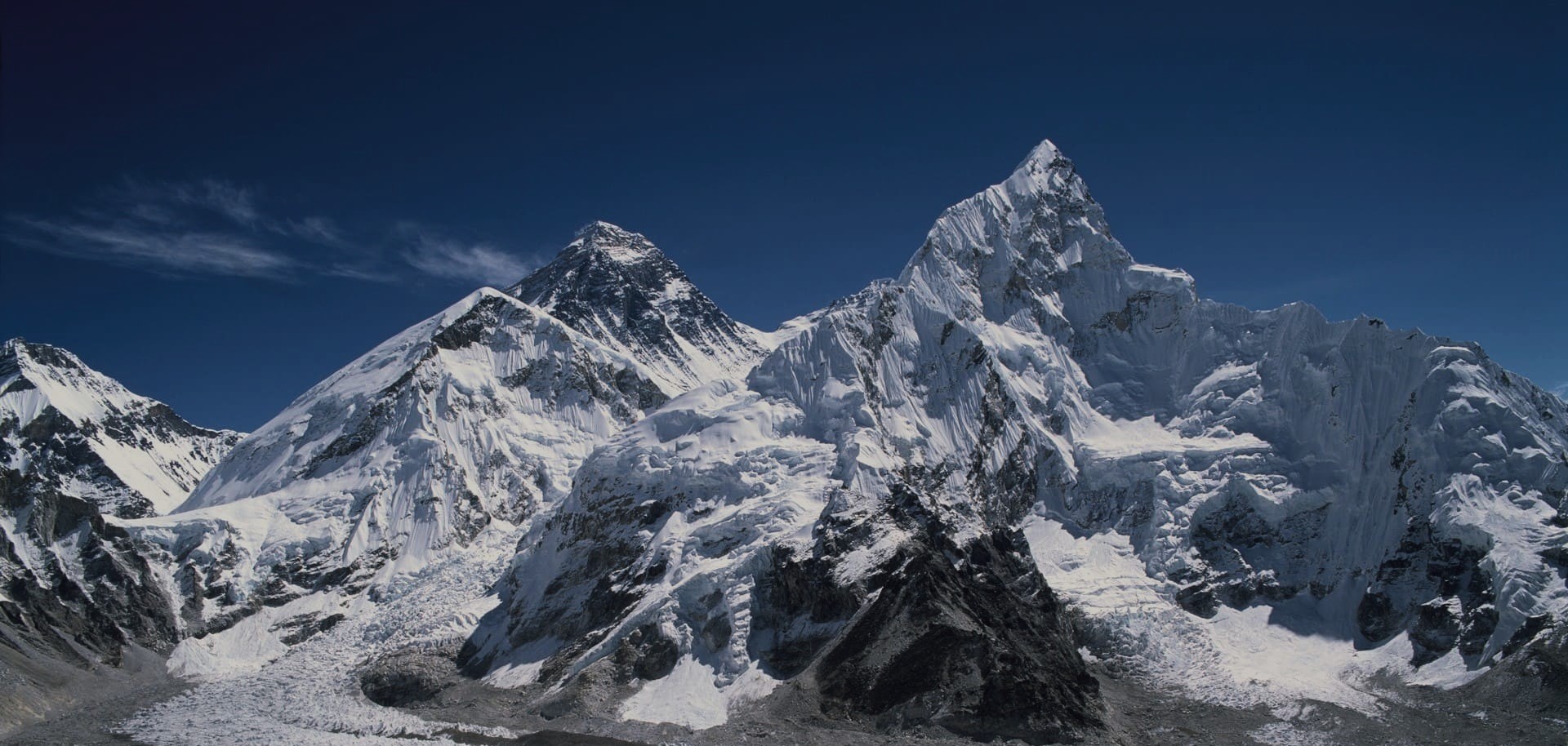Share this Article
Nepal is a land of breathtaking landscapes, from the snow-capped peaks of the Himalayas to the rolling hills and fertile plains of the Terai. Yet, beyond their physical grandeur, the mountains of Nepal hold a much deeper significance. For centuries, they have been symbols of divinity, sources of inspiration, and the backbone of Nepali mythology. The connection between mountains and myths is not just cultural but spiritual, reflecting how nature and belief are intricately intertwined in the lives of Nepal’s people.
In this article, we explore how the Himalayas influence local culture, shape religious practices, inspire folklore, and continue to leave an indelible mark on Nepali society.
Mountains as Sacred Abodes
In Nepali beliefs, mountains are more than natural formations — they are sacred abodes of gods, goddesses, and celestial beings. The Himalayas are often considered the home of divine powers, and specific peaks are revered as sacred entities. Mount Everest, or Sagarmatha in Nepali, meaning “Forehead of the Sky,” is also known as Chomolungma in Tibetan, which translates to “Mother Goddess of the World.” Locals believe that the goddess Chomolungma resides atop the peak, protecting both the mountains and the people who live in its shadow.
Similarly, the Annapurna range is associated with the goddess of nourishment and abundance. In local lore, the mountains are seen as life-givers, guardians of fertility, and protectors of communities. This sacred perspective transforms mountains from mere geological structures into living spiritual entities that shape ethical, social, and religious practices.
The Role of Mountains in Folktales
Nepali mountains have inspired countless folktales and myths, many of which explain natural phenomena or teach moral lessons. From the remote villages of the Solu-Khumbu region to the Annapurna valleys, stories abound about mountain spirits, heroic ancestors, and divine interventions.
One popular myth tells of a Himalayan spirit who punishes those who disrespect nature, teaching humility and reverence. Another narrates that rivers originate from the tears of gods or from battles fought among celestial beings. Many such tales connect the physical features of the landscape — peaks, glaciers, valleys, and rivers — with spiritual narratives, illustrating how the natural world is imbued with meaning.
These stories do more than entertain; they preserve cultural values, moral lessons, and ecological wisdom. They encourage respect for the environment, caution against arrogance, and reinforce social cohesion within communities living in challenging terrains.
Mountain Deities and Religious Practices
Mountains occupy a central place in Nepali religious life. Many Hindu and Buddhist rituals, pilgrimages, and festivals revolve around these sacred peaks. Devotees often perform pilgrimages to sacred mountains to seek blessings, cleanse their souls, and gain spiritual merit.
For example, Kailash Mansarovar, although in Tibet, holds immense significance for Nepali Hindus and Buddhists alike. Similarly, local peaks like Machhapuchhre (Fishtail Mountain) in Annapurna are considered sacred, with trekking and climbing strictly regulated out of respect for the deity believed to inhabit the summit.
Rituals often involve offerings, prayers, or circumambulation of sacred peaks — practices that highlight the mountain as a living entity, capable of blessing or punishing humans. Festivals like Maghe Sankranti and Gai Jatra also include elements that honor mountain spirits, linking local celebrations to the natural landscape.
Mythical Creatures of the Himalayas
Nepali myths are populated with fascinating mythical creatures believed to dwell in the mountains. These beings are often guardians of sacred peaks, rivers, and forests. Stories of Yakshas, Rakshasas, and mountain spirits serve as warnings to respect nature and maintain moral conduct.
The Yeti, perhaps the most famous Himalayan myth, embodies mystery and respect for the untamed wilderness. Villagers in Solu-Khumbu and Rolwaling recount tales of a large, ape-like creature that roams the high altitudes, a guardian of glaciers and sacred lands. Such myths remind people of the mountains’ power, unpredictability, and spiritual authority.
These tales also inspire storytelling, art, and local festivals. Even today, trekkers and mountaineers hear stories of protective spirits along trails, reflecting how mythology continues to influence both belief and behavior.
Mountains as Symbols of Human Values
In Nepali beliefs, mountains are not only sacred but also symbols of strength, endurance, and resilience. Living in a country dominated by rugged terrain, Nepali communities associate the peaks with courage, patience, and moral fortitude. Folktales often depict mountains as witnesses to human deeds, teaching that ethical conduct and respect for nature are paramount.
Art, literature, and music frequently use mountains as metaphors. Songs celebrate the bravery of ancestors who traversed dangerous passes, while poems describe the peaks as eternal observers of human life. In these expressions, mountains become cultural touchstones, linking physical geography with human values, aspirations, and identity.
Lessons from Himalayan Legends
Nepali myths often convey moral and ecological lessons. They teach communities to live in harmony with nature, avoid greed, and respect the environment. Stories caution against arrogance, highlighting the mountains’ power to punish those who violate natural laws.
For instance, legends about avalanches, floods, or landslides often carry moral undertones, reinforcing the idea that human actions have consequences in nature. This fusion of spirituality and ecology has helped shape sustainable practices over centuries, including forest conservation, water management, and wildlife protection.
Mountains and Pilgrimage Tourism
Nepal’s mountains attract millions of pilgrims and tourists every year, drawn not only by natural beauty but also by spiritual significance. Trekking routes are often intertwined with religious sites, monasteries, and sacred lakes, turning adventure into a spiritual journey.
Trekkers ascending the Annapurna Circuit or the Everest Base Camp trail encounter prayer flags, stupas, and local shrines along the way. Guides share myths and legends, enriching the experience and deepening understanding of Nepali culture. Eco-tourism projects now integrate mythology and storytelling into visitor experiences, ensuring that local traditions are preserved while promoting responsible tourism.
Local Communities and Cultural Preservation
The connection between mountains and myths is maintained by local communities who pass these stories from generation to generation. Sherpas, Tamangs, Gurungs, and other ethnic groups have their own mountain deities, myths, and rituals. These beliefs guide daily life, agriculture, and social norms.
By honoring these narratives, communities preserve not only cultural heritage but also ecological knowledge. For example, sacred groves and mountain trails are protected due to religious significance, indirectly conserving forests and wildlife. This fusion of belief and ecology exemplifies how myths can serve practical purposes in addition to spiritual ones.
Mountains in Modern Nepali Culture
Even today, mountains continue to influence arts, literature, and media. Nepali films, novels, and music often reference peaks as symbols of hope, endurance, and inspiration. Artists depict deities atop mountains, blending myth with nature. Social media campaigns, tourism promotions, and cultural events frequently celebrate mountains as central to national identity, reflecting their ongoing relevance in contemporary Nepali life.
These cultural expressions ensure that myths remain alive and dynamic, evolving alongside society while retaining their core spiritual and moral lessons.
Challenges in Preserving Mythological and Natural Heritage
Despite their cultural significance, mountains and associated myths face modern challenges. Climate change threatens glaciers and alters ecosystems, while unregulated tourism and development can damage sacred landscapes. Urbanization and migration also risk breaking the oral tradition of passing down myths.
Conservation efforts must therefore focus on both natural and cultural preservation. Protecting mountain ecosystems, regulating trekking and tourism, and documenting myths are essential for maintaining Nepal’s spiritual and ecological heritage. Community engagement, education, and awareness campaigns play a critical role in ensuring that myths and landscapes continue to coexist in harmony.
Conclusion
The mountains of Nepal are more than just majestic peaks; they are living symbols of faith, culture, and morality. From the towering Himalayas to hidden valleys, they are intertwined with myths, folklore, and religious beliefs that guide human life and inspire creativity.
In Nepali culture, mountains teach respect, resilience, and reverence for the natural world. They remind people that the landscape is alive, sacred, and morally significant. By preserving these stories and the mountains themselves, Nepal safeguards not only biodiversity and natural beauty but also a deeply rooted spiritual and cultural heritage.
The connection between mountains and myths is a testament to how humans and nature can coexist meaningfully. For visitors and locals alike, every peak is a reminder that Nepal is a land where nature, spirituality, and imagination converge — a place where the mountains are alive, and their stories continue to shape the hearts and minds of generations.
Categories:
Nature & Wildlife
Tags:
HimalayanSpirituality
,
NatureAndBelief
,
MythsAndMountains








